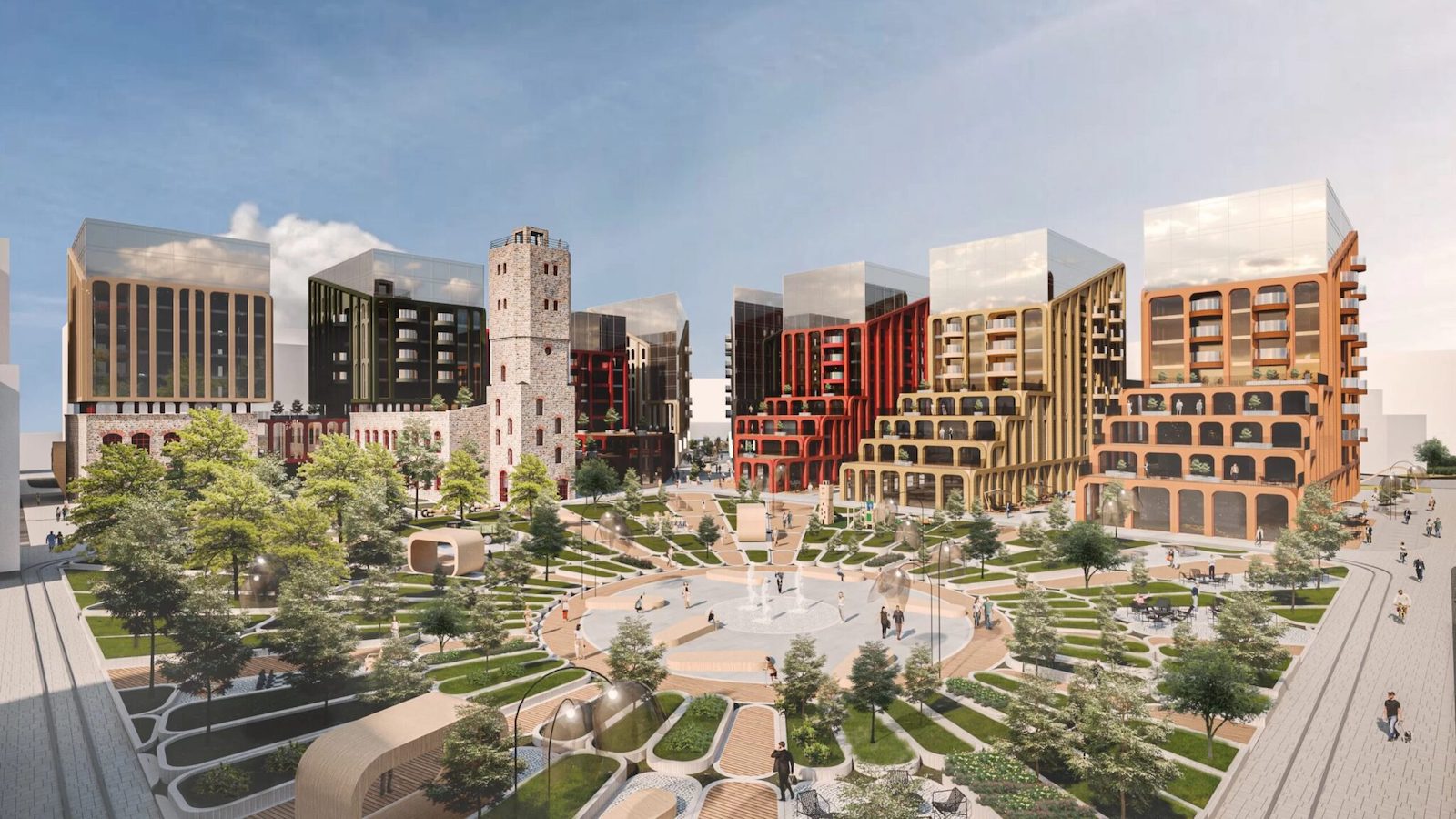Second, by law, cities are required to consult residents about official city plans. “As a result, city governments have developed robust resident engagement processes that give local residents a very real say over decisions that affect their lives and their neighbourhoods. There is a lively, robust, and extremely healthy local democracy, in which the voices of local residents are heard, and they can and do participate in decisions made by city hall – well beyond planning,” says Miller.
This point is an important one. To build sustainable cities, its residents must be heard, especially considering how climate change adversely affects low income and marginalized groups in society. Miller highlights a health survey done in Barcelona, which “demonstrated significant connections between the impact of climate change and poverty – ranging from issues such as energy poverty to the differential effects of heat and rising temperatures on the elderly, the young, and women.”
To combat this, Miller highlights how Barcelona directly consulted its residents in 2018 to gather recommendations on improving the city’s accessibility and sustainability, while taking extra measures to ensure that marginalised groups were also meaningfully included. Since then, Barcelona has implemented various policies that have counteracted these challenges, including “superblocks.” Essentially, these prioritize the “movement of people over vehicles by making local streets in a neighbourhood – or superblock – virtually car free (local traffic only), while enhancing amenities for pedestrians – such as tree cover and benches. They have improved local quality of life, personal mobility, air quality – and local economic activity,” says Miller.
Estonia’s capital city, Tallinn, is on a similar path to inclusive sustainability.
At the beginning of 2022, Tallinn announced its plan to build a people-centred city through “spacial creation.” At its core, this involves maximizing public green space and ensuring accessibility to sustainable transport, including bike paths and extended tram lines.
But perhaps one of the most important aspects of Tallinn’s green spacial creation plan is the establishment of the Tallinn Involvement Centre, “a unique city engagement centre [that will foster] the participation of citizens in the process of shaping the city,” according to the city’s website.
Simply put, the centre will facilitate what Miller claims as one of the most effective means of promoting sustainability: dialogue between city officials and residents. Developers, architects, and other professionals will host discussions and events open to the public. The goal of these will be to maximize dialogue, and from this, to gather grassroots recommendations on urban planning that will be integrated into public policy.
“The creation of a participation hub bringing together different stakeholders will certainly foster meaningful discussions between the city, developers, professionals and residents. It will help to create a better urban space for all in the future,” said Andrei Novikov, Deputy Mayor of Tallinn. “The concept of such a co-creation space is unique in Estonia, with Stockholm and Aalto University in Espoo as examples in the region.”
How accessible will this centre be? According to the city’s website, the hub will be “located in an active street frontage in the heart of the city, the hub will be easily accessible by foot, bicycle and public transport for all Tallinn residents coming to participate in an event or activity. The prominent location will also encourage spontaneous visits to the hub.”
But, as Miller points out in his book, sometimes these open invitations simply aren’t enough to include everyone. “Low-income residents of a city, by definition, tend to be both excluded from power and the manifestations of power – such as direct engagement with government – and preoccupied with ensuring their own economic survival,” he says. “In this context, special efforts must be made to connect with low-income and other disempowered residents; otherwise, their voices will not be part of the conversation, and any solutions developed will likely not meet their needs.”
Whether placing the hub in a busy street will be sufficient enough to rectify the systemic barriers that low-income residents face is questionable. Perhaps a better solution would be for the city to collaborate directly with organizations that already work with low-income residents, including non-governmental organizations, social associations, and private businesses, as Miller suggests.
In any case, the centre is a step in the right direction towards building a greener, more sustainable city. It is scheduled to open as an exhibit in September 2022 and as a co-creation space in 2023.
Written by Natalie Jenkins, LJI Reporter




